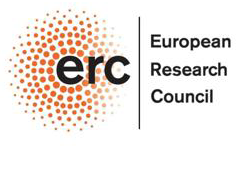How this works
Cyrano de Bergerac observed that “a large nose is the mark of a witty, courteous, affable, generous and liberal man.” We have found that individual noses, not how they look but rather how they function, indeed say a lot about a person. Each person expresses a nearly unique set of different olfactory receptor genes, and therefore may have unique olfactory perception. We developed a highly sensitive perceptual test we call the “olfactory fingerprint” that captures this variability. Individual olfactory fingerprints are therefore mirrors of individual olfactory genomes. We have demonstrated that such fingerprints predict genetic features linked to the olfactory system, such as aspects of immune regulation. Thus, a precise measure of olfactory perception reveals meaningful nonolfactory genetic information.
We detailed the algorithmic framework for the derivations used here in a manuscript published by Secundo et al., in the Proceedings of The National Academy of Sciences (USA), which can be freely downloaded here. We detailed the use of such data in a manuscript published by Snitz et al., in the journal Chemical Senses, which can be freely downloaded here. In the current effort we will try to generate an olfactory perceptual fingerprint for the onset of Covid-19.
The Weizmann Olfaction Group is funded by:








